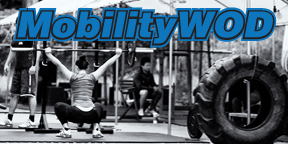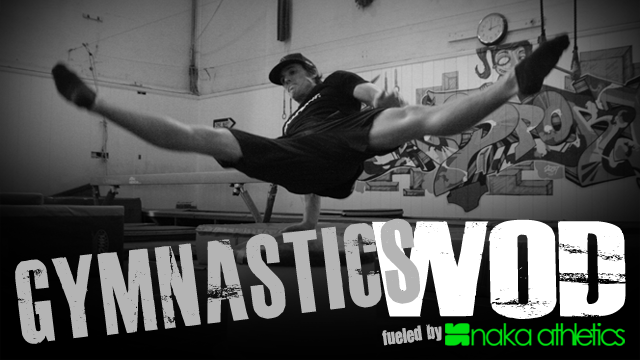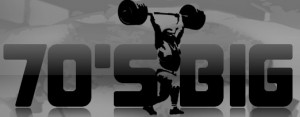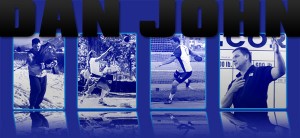8
Feb / 12
Rate of Perceived Exertion (RPE) & Off-Days
Categories: Lifting, Workout of the Day
posted by: Sean
Mike Tuchscherer, owner of Reactive Training Systems, wrote an article recently posted on T-Nation entitled “How to Modulate Intensity“. In his article, Mike clarifies that, “intensity in strength training doesn’t refer to the amount of emotional arousal or discomfort experienced during training, but rather the weight on the bar.” Relative intensity is a principle many of you are familiar with, especially if you’re on the Wendler 5-3-1 progression, where intensity is measured as a percentage relative to your 1-Rep max (1RM) or projected 1RM. In a nutshell, Mike notes that intensity drives a bulk of the training effect in strength training, and:
“The weight on the bar – or more accurately, the effort required to move it – will determine the vast majority of your training effect. Volume will determine the magnitude of that effect.”.
One issue with making the weight on the bar the sole metric used to determine intensity is that there are a host of other variables that come into play (ratio of fast-twitch to slow-twitch fibers, training history, and other physiological issues). Also, accurate 1RM weights may be an issue for certain movements and it helps to have another way to measure intensity.
Enter the Rate of Perceived Exertion (RPE) scale. Fortunately for us, the adaptations that occur from training are a result of tension and duration, and using the RPE scale adds another dimension in not only tracking progress, but also modulating training if you are experiencing an “Off-Day” or tapering for a competition. Mike’s RPE scale is described as such:
@10: Maximal Effort. No reps left in the tank.
@9: Heavy Effort. Could have done one more rep.
@8: Could have done two or three more reps.
@7: Bar speed is “snappy” if maximal force is applied.
@6: Bar speed is “snappy” with moderate effort.
Describing intensity in terms of reps and RPE brings us closer to approximating the tension and duration that your muscles respond to, allowing for a more precise training effect. An easy way for us to get used to using the RPE scale is in our lifts, describing each of our sets including your final “burnout” set. For example, if I am doing 3×5 of back squat and my goal is to do my three sets at 275#. My first set might feel like an @6 or @7, second set an @7 or @8, and my final burnout set should feel like an @9. Now say I didn’t sleep well, haven’t eaten much that day, am dehydrated, over stressed, or just feeling rather uninspired to lift that day, use the RPE scale to find weights that will likely be much lighter (say 225# for the example above), but should feel just as heavy in terms of perceived exertion as your usual worksets (@6-7, @7-8, @9). The body will respond to the force of the muscle’s contraction, how long the contraction lasts, and how many contractions there were, and the RPE scale helps us manage this type of approach more so than strict percentages of 1RM.
If you haven’t already, start tracking not only the sets, reps, and weights for your lifts, but also the RPE rating for each set. After a couple of months don’t be surprised if you observe patterns in your training, recovery, and progress relating to your RPE ratings. And should you need to back off every once and a while, the RPE rating system helps us find challenging loads that will help us make the most of those off-days.
Press 3×5/Wendler
3 Rounds:
AMRAP 3
12 Wall Ball Shots
6 Ring Dips
20 Double Unders
Rest 1 minute between rounds


 310.465.6565 |
310.465.6565 |




















1 Response to “Rate of Perceived Exertion (RPE) & Off-Days”
Dad
February 10, 2012 at 3:52 PM
Once again you show how much knowledge and passion that makes CFi so successful!!!